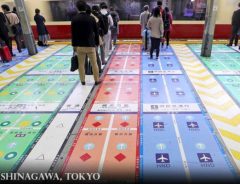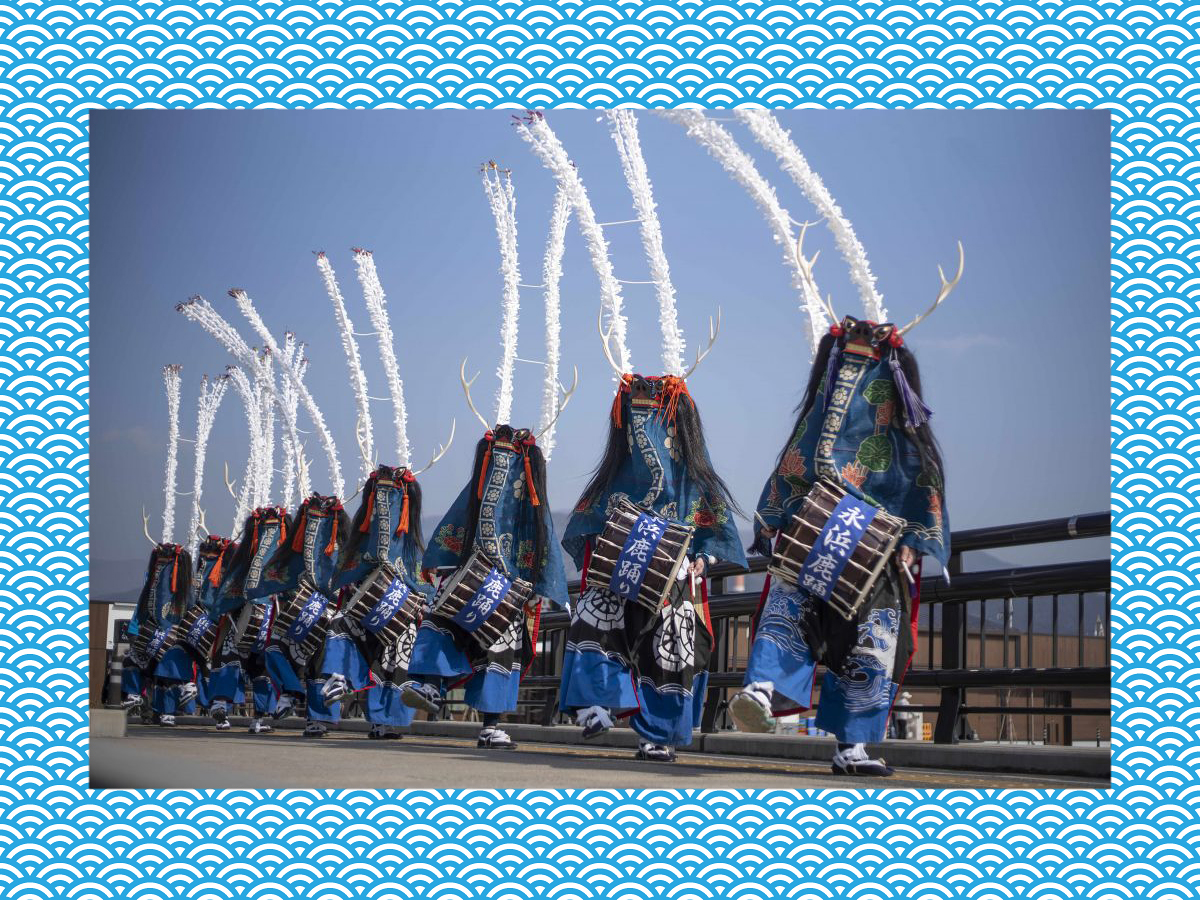- Source:
- © JAPAN Forward
- Tags:
- interactive art / JAPAN Forward / Reborn Festival / recovery effort / Sanriku / Sanriku International Arts Festival / Tohoku
Related Article
-

Veganism in Japan: How to Cook and Survive in the Kitchen
-

[FUJI ROCK 2019] Japanese Duo Glim Spanky Raise Their Game
-

Coca-Cola celebrates 3 festivals from northern Japan in one gorgeous design sold exclusively in Tohoku
-

[Hidden Wonders of Japan] This is How They Line Up at Shinagawa Station
-

With Help from Robots, Nursery Teachers Have More Time to Focus on Children
-

The Art of Shinkansen: Bullet Trains in Japan



Kirsty Bouwers for JAPAN Forward
Tohoku has slowly been trying to get back on its feet since the triple disasters of March 11, 2011.
With many of its towns along the coast devastated and some declared unfit for return, residents have had to deal with both the immediate fallout and the slow path to recovery. How do you deal with such a level of destruction, and how do you help locals return to a semblance of normal life?
For some, the answer has been art.
SanFes Arts Festival Helps Paint the Way Forward
In the post-2011 years, multiple arts events have sprung up with Tohoku as both their location and focal point. They range from full-blown festivals to one-off installations, and often aim to take away attention from the tragedies.
How? By showing the region what it once was and proving it still is: a cradle of natural beauty, old traditions, and stunning crafts. Just a place that needs a bit more TLC for the moment.
One of these initiatives is the Sanriku International Arts Festival (SanFes).
Photo by © JAPAN Forward
Started in 2014 and held annually since, it presents a mix of Tohoku folk art and pieces from across Asia, with traditional folk art (geinō) of the Sanriku coast at its core.
The festival jumps around the Sanriku coast, with events in Hachinohe, Aomori in the far north, Miyako in Iwate, and then Ofunato in Miyagi Prefecture, towards the southern edge. One-off happenings are also scheduled in places in between.
The focus on regional arts means that local dances get their time in the spotlight, with 23 local arts troupes performing. Rather than only showing off their skills, though, the dance performances often act as workshops, so people can actually learn Tohoku’s traditional arts themselves.
For example, the center of Ofunato, where the tsunami wiped out much of the town but somehow left the main theater standing, was the stage for several varieties of the Shishi Odori (Lion Dance), including the Maeda Shishi Odori with its distinctive masks. It’s just one of the many exhibitions that intertwined Tohoku’s rich heritage with its recent history.
Connecting with Asia
It’s not all about the local, though: SanFes also looks to connect with arts groups from other Asian countries. They have a special link with Indonesia, and the province of Aceh in particular, which was also devastated by the 2004 Boxing Day tsunami.
Photo by © JAPAN Forward
This year, two groups of Indonesian Jathilan artists travelled up the Sanriku Coast, performing and offering workshops along the way. Previous years saw Indonesian gamelan players and Barong dancers come to the festival, all of which had the chance to interact with residents and share their experience of folk art, beyond tragedy.
SanFes Crowds and Access
Although the festival has been running for half a decade now, it’s still under the radar of many. There were 3,500 visitors to the festival in 2019. The logistics of getting there may have played a part, as the railway along the Sanriku Coast had been destroyed by the tsunami as well.
Luckily, the railway reopened this year, meaning that future editions might see more visitors make the journey northwards. For now, you’ll have most of the festival to yourself.
Details on programs and access to each of the participating regional cities can be found here.
(...)
Photo by © JAPAN Forward
Written by Japan ForwardThe continuation of this article can be read on the "Japan Forward" site.
Recovering Through Interactive Art in Tohoku